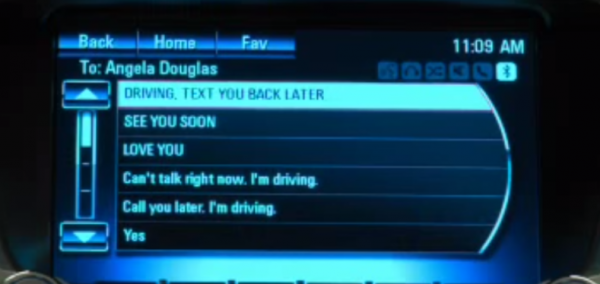Connecticut’s Presidential Primary Ballot to Take Shape for April 26
/In the roller-coaster that is the presidential nomination process, with its progress of caucuses and primaries in states across the country, Connecticut’s card does not come up until late-April. Who will reach the Connecticut ballot, and the order in which they will be listed, will be determined in the coming weeks by Secretary of the State Denise Merrill, in accordance with criteria outlined in state law. That process begins this Tuesday, February 16, with the announcement of presidential candidates who have qualified for the Connecticut primary ballot. The order in which candidates will appear on the ballot for the Republican and Democratic parties will not be known until March 22, when Secretary Merrill will “determine the order of all candidates by lot in a public ceremony.” Connecticut law also requires that “Uncommitted” appear last on each party’s ballot.
 When Connecticut voters go to the polling places on Tuesday, April 26, voters in nearly two-thirds of the states will already have made their preferences known. The same day as Connecticut, presidential primaries will also be held in Delaware, Maryland, Pennsylvania and Rhode Island. The previous week, primaries will be held in New York, a state called home, at various times, by three of this year’s leading contenders – Hillary Clinton, Bernie Sanders and Donald Trump.
When Connecticut voters go to the polling places on Tuesday, April 26, voters in nearly two-thirds of the states will already have made their preferences known. The same day as Connecticut, presidential primaries will also be held in Delaware, Maryland, Pennsylvania and Rhode Island. The previous week, primaries will be held in New York, a state called home, at various times, by three of this year’s leading contenders – Hillary Clinton, Bernie Sanders and Donald Trump.
March 1 and March 15 are major dates on the presidential primary calendar this year. Dubbed Super Tuesday, March 1 will see votes cast in Alabama, Alaska, Arkansas, Colorado, Georgia, Massachusetts, Minnesota, Oklahoma, Tennessee, Texas, Vermont, Virginia and Wyoming. Two weeks later, the spotlight will fall on Florida, Illinois, Missouri, North Carolina, and Ohio.
Also prior to Connecticut, the states of Wisconsin, Wyoming, Washington, Hawaii, Arizona, Utah Idaho, Michigan and Mississippi will conduct their presidential primaries, according to the Council on State Governments.
According to Connecticut’s Office of Legislative Research, in August 2010, the Democratic National Committee and the Republican National Committee adopted rules prohibiting states, other than Iowa, New Hampshire, South Carolina, or Nevada from holding a presidential primary before the first Tuesday in March in the year in which a national convention is held (Democratic National Committee, Delegate Selection Rules, Rule 11(A) and Republican National Committee Rules, Rule No. 16(c)(1)). In response, Connecticut delayed the date of its presidential primary from the first Tuesday in February to the last Tuesday in April (CGS § 9-464).
Reaching the Primary Ballot
In Connecticut, the political parties with the largest and second largest number of enrolled members conduct presidential preference primaries, according to the website Ballotpedia. There are two methods by which candidates can access the primary ballot:
- The Connecticut Secretary of the State can order that a candidate's name be printed on the primary ballot if he or she "determines ... that the candidacy of such person for such party's nomination for president is generally and seriously advocated or recognized according to reports in the national or state news media." The secretary of state must publish a listing of such candidates at 10:00 a.m. on the 74th day preceding the primary. (This year, that is Tuesday, February 16.)
- A candidate who is not included on the Secretary of the State’s list can petition for placement on a party's primary ballot. A candidate may request the requisite forms from the secretary of the state’s office beginning at 12:00 p.m. on Tuesday. The petition must contain signatures equaling at least 1 percent of the total number of enrolled members in the candidate's party in the state, and must be submitted to "the registrar of voters of the party holding the primary in the town of voting residence of the signers thereof" by 4:00 p.m. on the 53rd day preceding the primary (March 4). The registrar of voters must verify the signatures and forward the petition to the secretary of state by 4:00 p.m. on the 49th day preceding the primary (March 11).
Among the states holding presidential primaries after Connecticut in May and June are In diana, New Mexico, California, New Jersey, Nebraska, West Virginia, Oregon and Montana. Most states have their Democratic and Republic primaries on the same day, although a handful hold party primaries on different days. South Carolina’s Republican primary will be on February 20, for example, and its Democratic primary on February 27.
diana, New Mexico, California, New Jersey, Nebraska, West Virginia, Oregon and Montana. Most states have their Democratic and Republic primaries on the same day, although a handful hold party primaries on different days. South Carolina’s Republican primary will be on February 20, for example, and its Democratic primary on February 27.
Should any candidate whose name is set to appear on the Connecticut April 26 primary ballot decide to withdraw from the race, the deadline is March 21. A letter indicating withdrawal must be received by the Secretary of the State by 12 Noon. Petitioning candidates may not withdraw, according to state officials.
Absentee ballots for military and overseas voters become available on March 12. Absentee ballots will be available as of April 5. Only registered voters in a particular political party can vote in the presidential primary of that party. The deadline for new voters, and for unaffiliated voters to mail in party affiliations is April 21. The in-person deadline is April 25, the day before the primary, at 12 Noon. On primary day April 26, the polls are open from 6 AM to 8 PM.


 The final
The final 
 On July 13, 2015, President Obama hosted the sixth White House Conference on Aging, joining older Americans and their families, caregivers, and advocates at the White House and virtually through hundreds of watch parties across the country.
On July 13, 2015, President Obama hosted the sixth White House Conference on Aging, joining older Americans and their families, caregivers, and advocates at the White House and virtually through hundreds of watch parties across the country.
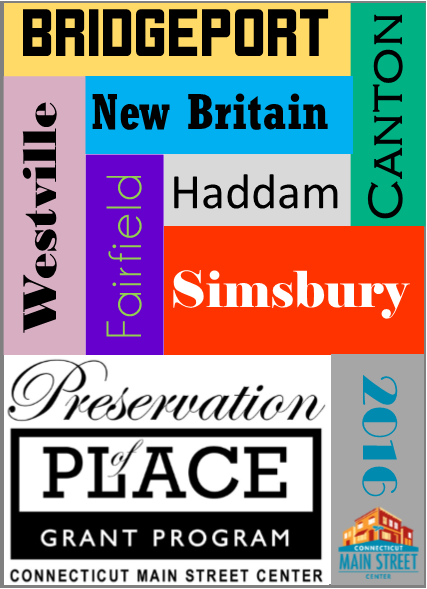


 ave the Whale” season-ticket drive resulted in 8,300 season tickets sold, about 3,000 more than the previous year. In the aftermath of the season ticket drive, and heading into the 1996-97 season, the Whalers management said they would remain in Hartford for two more years, in accordance with their lease.
ave the Whale” season-ticket drive resulted in 8,300 season tickets sold, about 3,000 more than the previous year. In the aftermath of the season ticket drive, and heading into the 1996-97 season, the Whalers management said they would remain in Hartford for two more years, in accordance with their lease.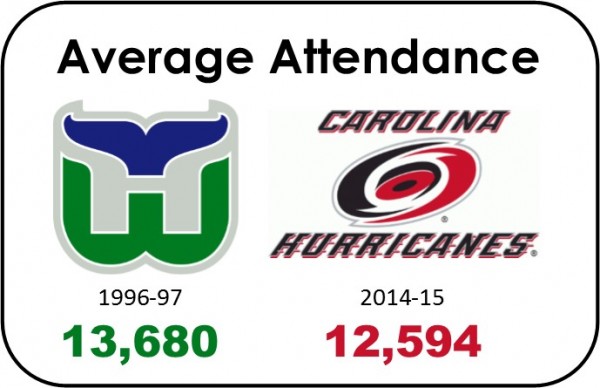 efore management moved the team from Hartford. (To 10,407 in 1993-94, 11,835 in 1994-95, 11,983 in 1995-96 and 13,680 in 1996-97.)
efore management moved the team from Hartford. (To 10,407 in 1993-94, 11,835 in 1994-95, 11,983 in 1995-96 and 13,680 in 1996-97.)







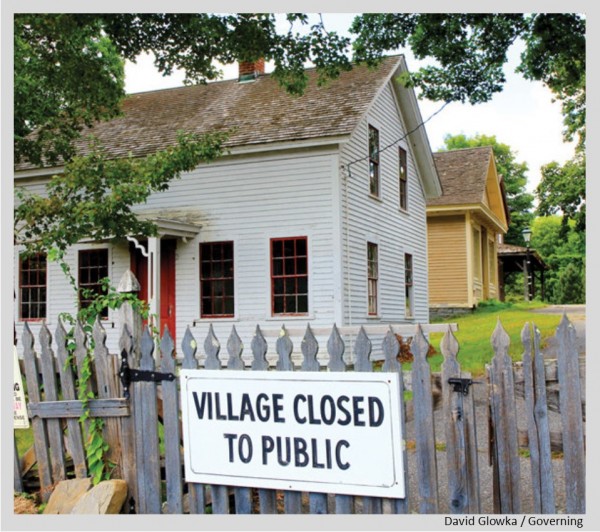
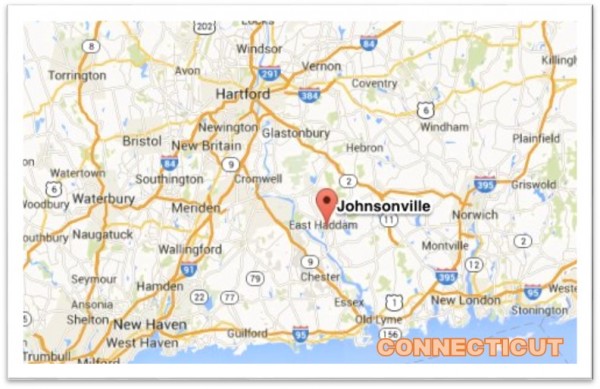
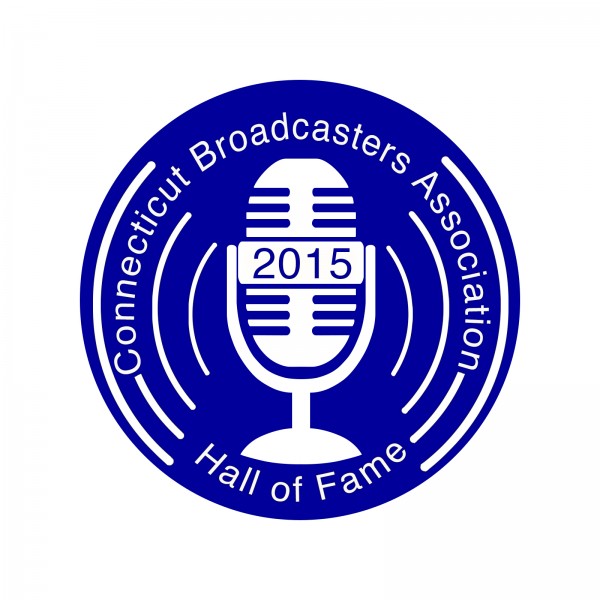
 k of Connecticut network.
k of Connecticut network.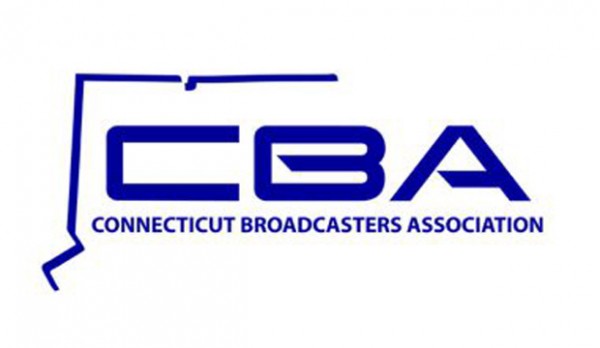 7 through 2006, and continues to consult. He has also served multiple terms as chairman of the NAB. Prior to founding NewCity Communications, he was president of Katz Broadcasting Co.
7 through 2006, and continues to consult. He has also served multiple terms as chairman of the NAB. Prior to founding NewCity Communications, he was president of Katz Broadcasting Co.